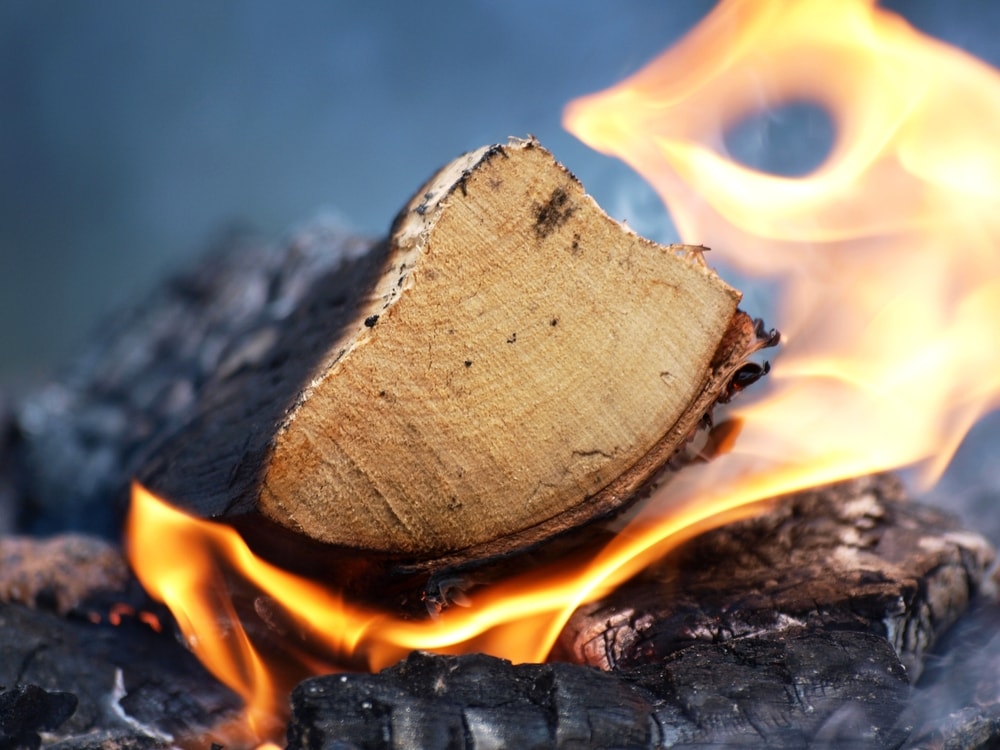Getting warm and toasty by a wood-burning stove in the deep mid-winter is one of the most satisfying parts of the long cold months that lie ahead. And yet, putting fuel into these stoves is expensive, especially if you’re buying chopped wood from a local supplier. It’s far better to find your own wood supply and create your own firewood free of charge. In this short guide, we’ll explain how to source and chop good, reliable firewood as the winter of 2020 draws in.
Finding Fallen Trees
With so many storms happening across the country, and trees regularly falling of their own accord, it’s rare that you’ll take a turn around your local woods or forest without coming across a recently downed tree. This is always an opportunity to cut and chop some firewood: and it’s something you should take advantage of if you want to save cash on your wood-burning stove this winter. Make sure the fallen tree isn’t damp and rotting and that it’s a good wood to burn in your stove. Then return to it with your cutting and chopping equipment.
Chopping Wood
With all fallen trees, you’re going to need two key items of equipment to help you cut it down to size. One of them is a chainsaw and the other a well-sharpened wood-splitting axe. Both can be found from online stores as well as your local hardware or garden center. Check out the article titled, The Best Chainsaw Money Can Buy in 2020 – FULL BUYER’S GUIDE on Farming Hobby in order to understand the best chainsaws for the job at hand, and look out for smart, long-handled axes to help you chop the wood that you cut with your new chainsaw.
Labor
It’s admittedly tiring and time-consuming to chop up a tree at the site that it fell. But that’s something you’re going to have to take into account in order to save on firewood this winter. Treat it as a fun excursion, and as exercise, to enjoy the process more. And remember: he who chops his own firewood warms himself twice. Do all of the cutting and chopping right by the fallen tree and use wheelbarrows to transport the chopped wood to and from your vehicle. This is the quickest way to harvest a fallen tree of its wood.
Drying
Finally, much of the wood that you’ll find out ‘in the wild’ is likely a little damp or saturated with water. This kind of wood creates a lot of soot and smoke in your chimney and is generally considered to be of poor burning quality. As such, it’s imperative that you create a wood store for your new collection of wood where it can dry over the weeks and months ahead. Try burning a piece from this woodpile on occasion to see if it’s ready to use in your stove in the coming weeks.
There you have it: a simple guide to finding, chopping, drying, and burning your very own firewood for the coming winter.
